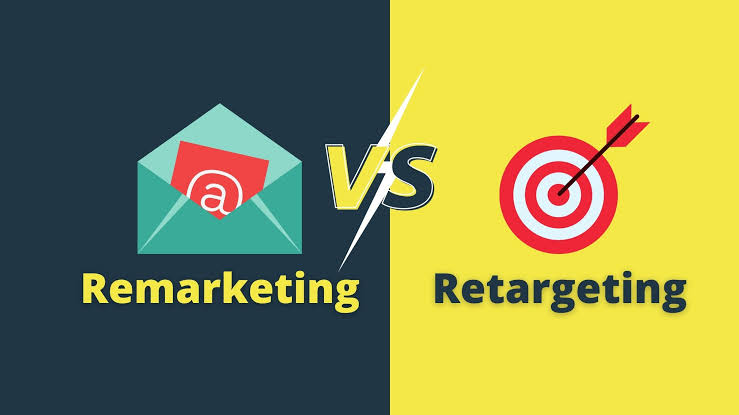Understanding the difference between retargeting and remarketing

If you want to choose the best approach for your marketing campaign, you need to know the difference between retargeting and remarketing. The main goal of retargeting is to reach people who have visited a website or used an app but have not yet done anything, like buying anything or submitting an inquiry. It entails displaying tailored advertisements to these people across several platforms using tracking pixels or cookies, with the hope that they would return and finish the desired activity. On the other side, remarketing covers more ground and includes tactics like nurturing leads via tailored communication or getting back in touch with current clients. To interact with consumers who have previously shown interest or made a purchase, remarketing uses tailored content, targeted adverts, or email campaigns. The goal is to build long-term relationships or drive repeat purchases. In order to choose the best strategy to match with campaign goals, it is essential to understand the subtle variations in their targeting method and audience intent.
Personalizing approaches based on audience intent and engagement lifecycle status
Audience intent and the interaction lifecycle play a big role in strategy selection, and the difference between retargeting and remarketing is a major one. By concentrating on re-engagement and conversion optimization, retargeting mainly targets visitors who showed interest but did not convert. Users at the contemplation or decision-making phases of the purchase process are the perfect targets for this tactic. Conversely, remarketing seeks to cultivate connections with consumers who are already acquainted with the brand in order to promote loyalty, stimulate repeat purchases, and enhance existing relationships. An effective remarketing strategy may engage users at every stage of the customer journey, from the first point of contact all the way through to the post-purchase phase, which in turn increases customer lifetime value and strengthens brand loyalty. Marketers may ensure their efforts have the most possible effect and conversion by customizing techniques according to the audience’s location in the sales funnel or customer journey.
Read also: Upgrading Your Workspace: A Guide to Posture-Friendly Home Office Setup
Maximizing the impact of your campaign with customized channels and messages
If you want to choose the correct approach, you need to know how retargeting differs from remarketing in terms of channel selection and message tailoring. In order to re-engage consumers based on their past experiences with a website, retargeting often makes use of:
-
display advertisements;
-
social media ads;
-
search engine retargeting.
The main idea here is to tailor offers and reminders about products and services to the consumer based on their past behavior. Personalized content, targeted promotions, loyalty programs, and email marketing are just a few of the channels that remarketing uses to keep in touch with customers and bring in more of their business. Personalized communications, instructive information, or unique offers that are based on individual preferences or historical purchasing behavior are the main tenets of remarketing techniques. When choosing a marketing strategy, it’s important to keep the campaign’s goals, target segmentation and intended results in mind when deciding on channels and personalizing messages. In order to maximize the effect and conversion depending on the particular goals and audience groups, it is important to align the selected approach with campaign objectives and audience behavior. This will optimize marketing efforts.





